IELTS 14 Reading Questions Types
Today we are going to talk about IELTS 14 reading questions types that we are going to face in the IELTS reading test. So we are going to mention the 14 IELTS question type and we will give a small description for each type.
The IELTS 14 Reading Questions Types are as following:
[lwptoc title=”Contents”]
Now lets talk more about each type of them so we can understand the format of the IELTS treading test.
1-Matching Headings:
This is the first type of IELTS 14 reading questions types. In this type of questions, you are asked to select headings of paragraphs and match them to the relevant paragraphs from a text.
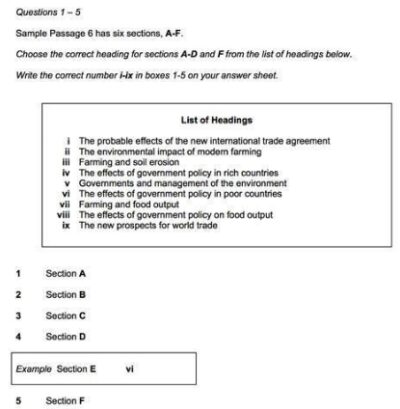
Matching headings is often one of the most difficult question types for Students. Why? The main reason is that the headings are usually very similar to each other. Also, you have more headings than you need for the question.
2-Matching Information to Paragraphs:
This is the second type of IELTS 14 reading questions types. In this type of questions, you will be asked to match statements in a list to corresponding paragraphs in the reading text. The match information task has been designed to test your ability to find specific information in the passage of text.
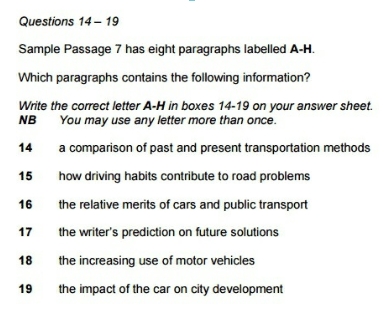
In other words, this task focuses on your ability to locate specific information. You might be asked to find specific details, for example, a reason, a description, a comparison, a summary, a fact, or an explanation.
3-Multiple-Choice Questions:
This is the third type of IELTS 14 reading questions types. In this type of questions, you will get one question is given to you followed by four or five choices in which you have to choose the best one which will fit your answer.
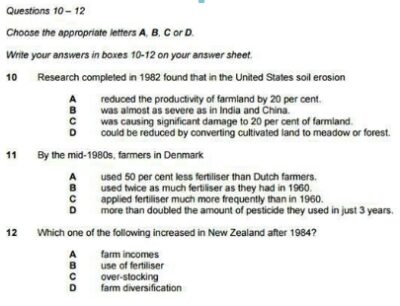
4-Summary Completion:
You will be given a summary of information from the text and there will be some gaps in that summary. You will either be given a list of words to fill the gaps with or asked to find the answers in the reading text.
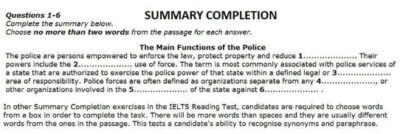
Your job is to insert some of the words from the list into the gaps; or if you are asked to fill the gaps with words from the text, there will be more words in the list that are required to fill the gaps.
All of the information contained in the summary will also be contained in the reading text but they will use synonyms and paraphrasing. Therefore, don’t expect to see the same words. The summary may relate to the whole passage or only a part of it and the text of the summary will follow the order of the text of the passage.
5-Completion Tasks:
These tasks are note completion, flowchart completion, sentence completion, table completion, and summary completion tasks.
6-Note Completion:
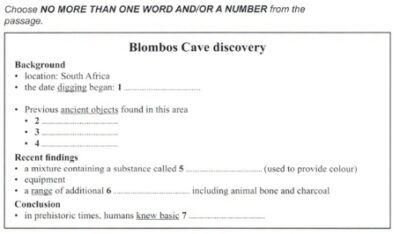
7-Table Completion:

8-Sentence Completion:
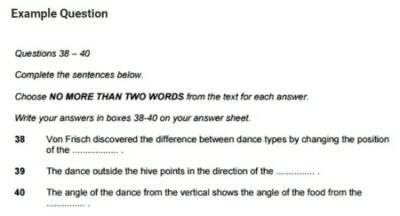
9-Flow-Chart Completion:
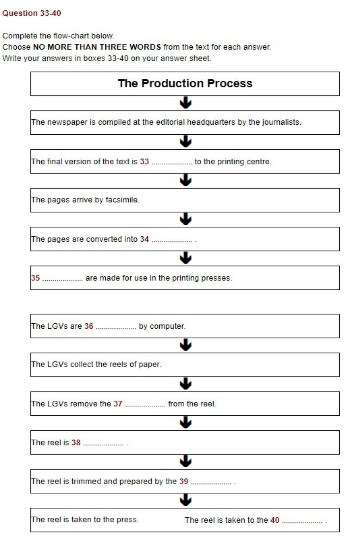
10-Classification Type:
you need to classify the information you read in the passage. In other words, you need to sort statements or features into different categories.
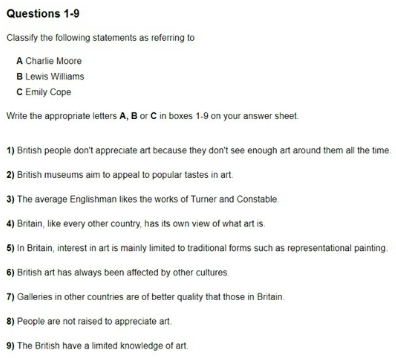
There are always 3 categories and these categories are of the same type. You are also given several numbered statements or features. Each category is given a letter. So on your answer sheet, you need to write a letter, A, B, or C.
11-Matching Sentence Endings:
you are going to be given a list of incomplete sentences and another list with possible endings. Your job is to choose the correct ending for each sentence based on the reading text.
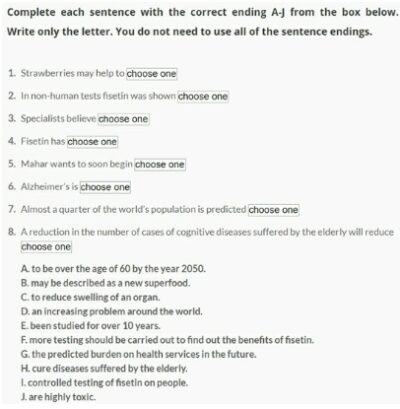
This means you will have to choose their ending correctly based on a number of options. All options are going to have similar meanings, so this is what makes this task rather challenging.
However, the good news is that the sentences in the task will appear in the order that they will appear in the text; so you will know where to find each piece of information that each sentence conveys while you scan through the text.
12-Yes, No, Not Given Questions:
the YES, NO, NOT GIVEN questions are all about the writer’s opinion. It’s not about the facts but about what the writer thinks. If the answer is YES, it means that the statement in the question agrees with the claims of the writer.
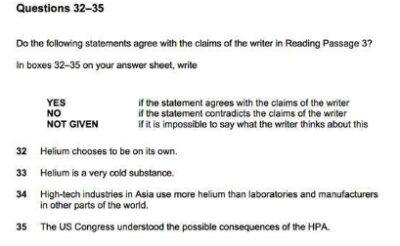
If the answer is NO, it means the statement is opposite; it contradicts the claims of the writer. NOT GIVEN means it is impossible to say what the writer thinks about.
13-True, False, Not Given Questions:
you will be given a number of factual statements and you have to check in the text if they are true, false or not given. The TRUE, FALSE, NOT GIVEN questions are all about factual information in the passage.

It’s not about opinions; it’s about fact. TRUE means that the statement in the question agrees with the information in the passage. FALSE means the statement in the question contradicts the information in the Passage (“contradicts” means it’s the opposite meaning). NOT GIVEN means there is no information on this. This task is used to assess the candidate’s ability to find the particular information found in the passage.
14-Short Answer Questions:
This is the last type of IELTS 14 Reading Questions Types, where you have to give a very short answer with a maximum of three words or a number. Here is a sample question.
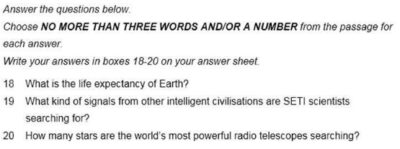
We have mentioned the 14 types of questions of the IELTS reading test. I hope this article is going to help you to understand the IELTS reading format test. I wish you all the best in your IELTS exam.
